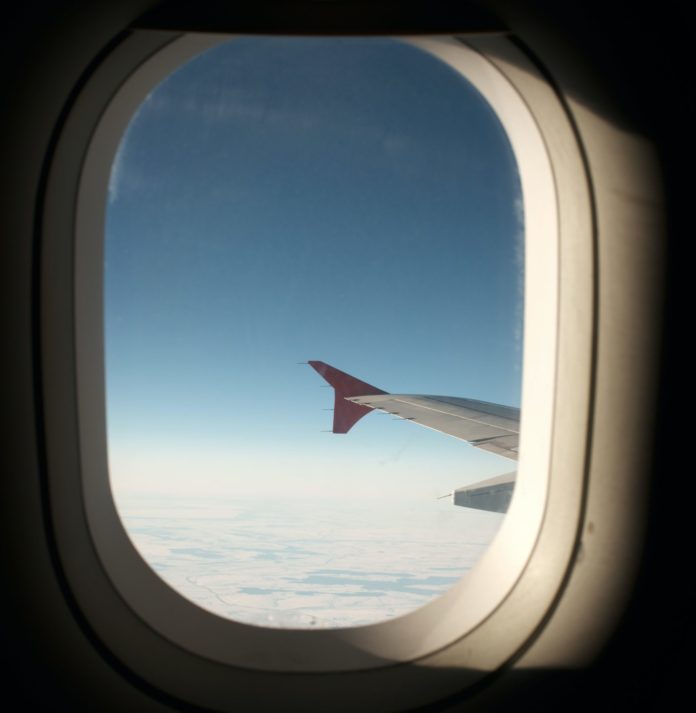The skies have opened up, meaning people are once again hopping on planes and flying around the world. Over the past two years, it seems we’ve become more obsessed than ever with our phones and all the apps that go along with them.
Yet, as frequent flyers no doubt know, passengers are required to turn off their phones and tablets (or at least place them on flight mode) during their plane ride. Most travelers do as told, but there are always a handful who don’t like playing by the rules and can be seen sending texts, making calls, or scrolling through TikTok long after the switch to airplane mode has been declared.
Is it really so bad if you don’t put your device on flight mode?
In short—yes.
Because cellphones are designed to send out signals strong enough to reach far and wide, it will attention to make contact with every cell tower that the plane passes. This results in one of two things.
The first is that if you do manage to find some signal it won’t be very good due to the aircraft going at heavy speeds. In fact, all that will likely happen is that the effort of trying to connect will drain your device’s battery.
The second is far more serious. By trying to make contact with towers, the signals that your phone is sending out is causing interference with the plane’s navigation. It is for this reason that the Federal Communications Commission implemented a ban on such devices being used on aircraft’s back in the ‘90s.
So next time you’re on a flight, pick up a book and save that text until you land.

